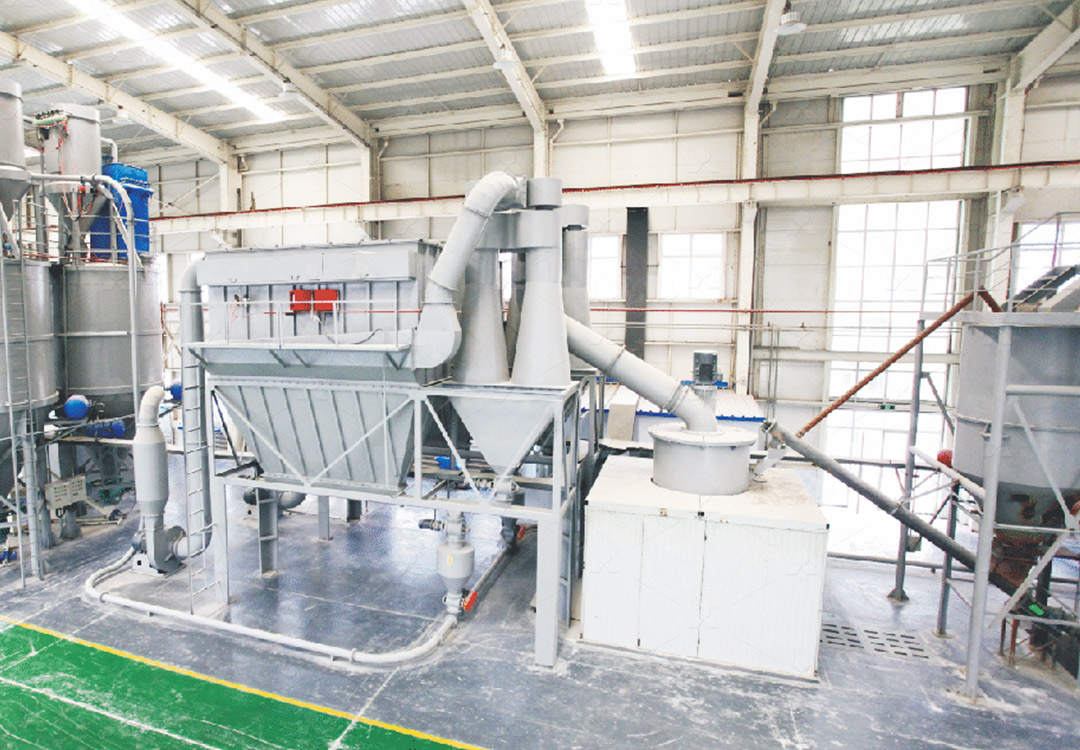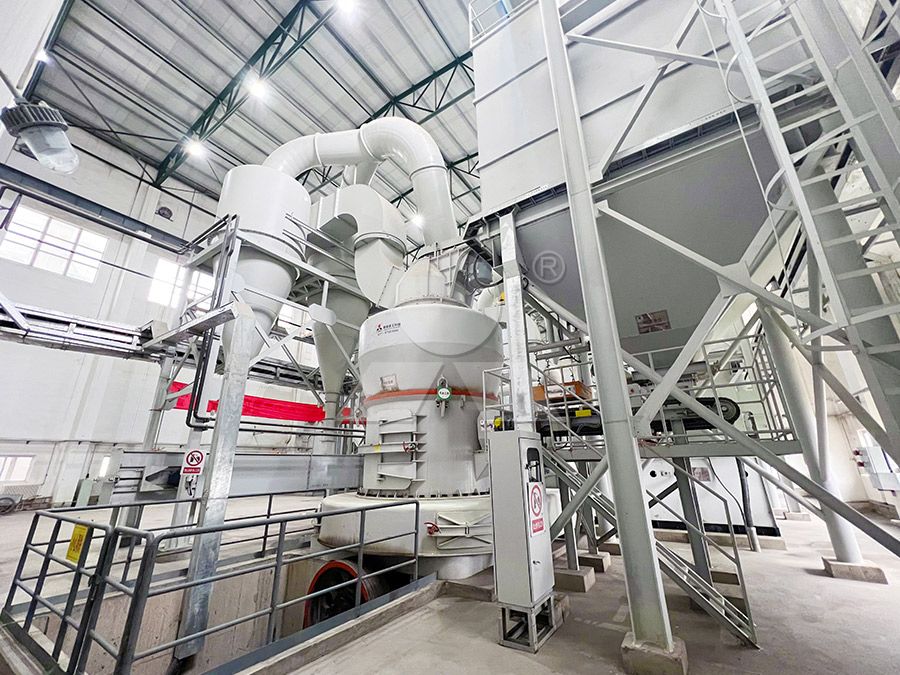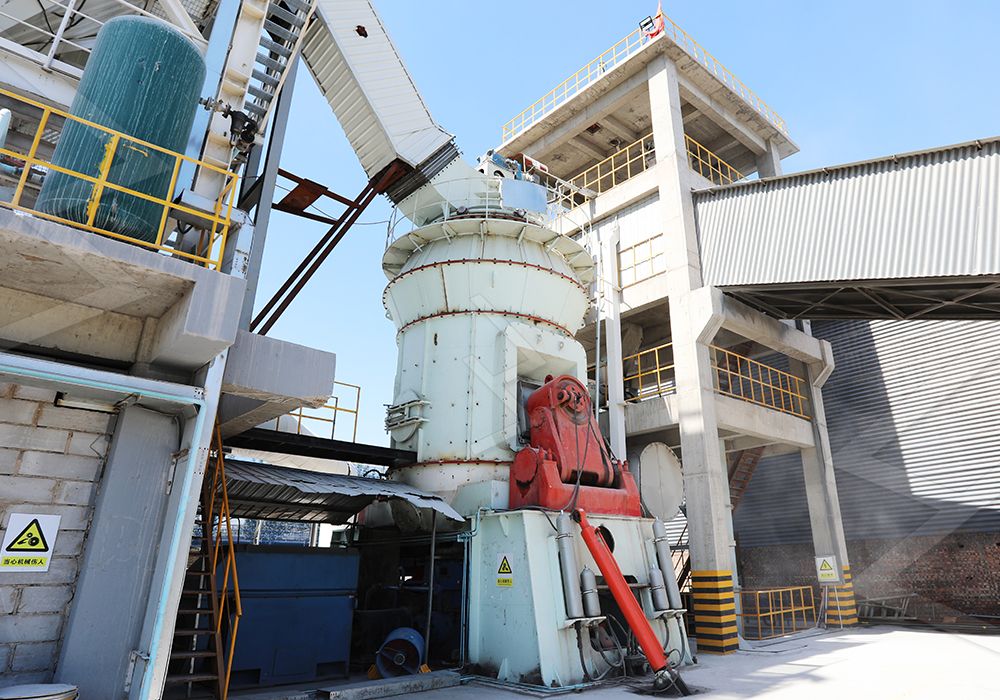High Efficiency Stone Suspension Roller Mill for Fine Powder Production
High Efficiency Stone Suspension Roller Mill for Fine Powder Production
In today’s competitive industrial landscape, achieving precise particle size distribution while maintaining operational efficiency is paramount for producers of fine mineral powders. The evolution of grinding technology has led to the development of advanced suspension roller mills that outperform traditional ball mills and Raymond mills in both energy consumption and product quality.

Modern suspension roller mills incorporate sophisticated engineering principles that enable simultaneous drying, grinding, and classification within a single compact unit. The fundamental working mechanism involves multiple grinding rollers suspended against a stationary grinding ring, creating a unique material bed compression grinding effect that significantly reduces energy consumption compared to impact-based grinding systems.
Technical Advancements in Fine Powder Production
The most significant breakthrough in recent years has been the integration of intelligent powder separation systems. These advanced separators utilize precision cage rotors and digital control systems to achieve exact particle size cuts, with some mills capable of producing powders in the range of 325 to 2500 meshes. This level of precision is particularly valuable for industries requiring strict particle size specifications, such as cosmetics, pharmaceuticals, and high-performance plastics.
Another critical innovation addresses the historical challenge of mechanical wear in grinding chambers. Progressive manufacturers have developed mills without rolling bearings or screws in the grinding zone, eliminating common failure points and substantially reducing maintenance requirements. External lubrication systems further enhance reliability by allowing continuous operation without shutdowns for maintenance.

Environmental Considerations and Operational Safety
Contemporary grinding systems prioritize environmental protection through integrated pulse-jet dust collection and advanced noise reduction technologies. These systems operate under negative pressure, preventing dust emissions while maintaining clean working conditions. The latest models achieve noise levels below 75 decibels, creating safer working environments while meeting stringent international environmental standards.
For operations requiring exceptional fine powder quality with maximum efficiency, we particularly recommend our MW Ultrafine Grinding Mill. This advanced system processes materials with input sizes up to 20mm at capacities ranging from 0.5 to 25 tons per hour. Its innovative design features newly engineered grinding curves that enhance efficiency, delivering 40% higher production capacity compared to jet mills and stirred mills at equivalent fineness levels. The integrated German cage-type powder selector ensures precise separation, allowing fineness adjustment between 325-2500 meshes with screening rates achieving d97≤5μm in a single pass.
Applications Across Industries
High-performance suspension roller mills serve diverse material processing needs across multiple sectors. From limestone and calcite for construction materials to talc and barite for industrial applications, these versatile systems demonstrate remarkable adaptability. The food and pharmaceutical industries benefit particularly from contamination-free grinding environments and precise particle size control.

For operations with space constraints or specific vertical configuration preferences, the LUM Ultrafine Vertical Grinding Mill presents an excellent alternative. Processing materials up to 10mm at 5-18 tph capacity, this mill incorporates the latest grinding roller technology from Taiwan and German powder separation expertise. Its unique roller shell and lining plate grinding curve design promotes stable material layer formation, enabling high finished product rates through single-pass milling while enhancing product whiteness and purity.
Future Directions in Grinding Technology
The trajectory of grinding mill development continues toward greater automation, energy efficiency, and particle control precision. Emerging technologies include AI-driven operational optimization, real-time particle size monitoring, and predictive maintenance systems that further reduce operational costs while improving product consistency. These advancements promise to make fine powder production more sustainable and economically viable for an expanding range of applications.
Frequently Asked Questions
What is the typical energy savings compared to traditional ball mills?
Modern suspension roller mills typically reduce energy consumption by 30-50% compared to traditional ball mill systems, while simultaneously increasing production capacity by up to 40%.
How fine can these mills grind materials?
Advanced models like the MW Ultrafine Grinding Mill can achieve fineness between 325-2500 meshes, with some configurations capable of producing powders with particle sizes as small as d97≤5μm.
What materials are suitable for processing with these mills?
These mills effectively process various non-metallic minerals including limestone, calcite, dolomite, gypsum, barite, marble, talc, and petroleum coal, among others.
How does the maintenance requirement compare to older mill designs?
Contemporary designs significantly reduce maintenance needs through innovations like external lubrication systems, absence of internal screws and bearings in grinding chambers, and reversible roller structures that facilitate easier component replacement.
What environmental benefits do these mills offer?
Integrated pulse dust collectors, silencers, and negative pressure operation ensure dust-free environments and noise levels compliant with international environmental protection standards.
